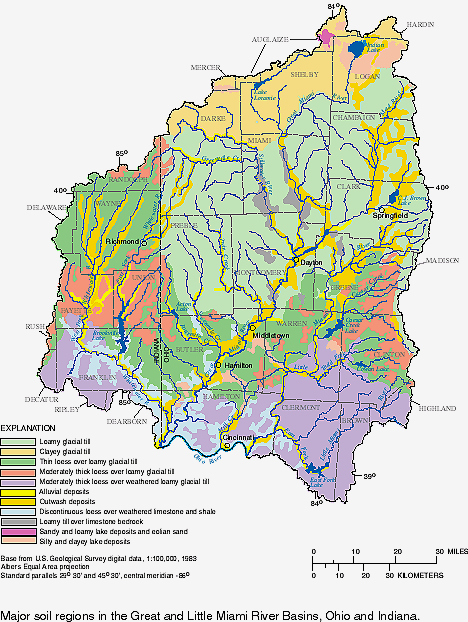Soil moisture models
--- Benefits of conceptual models
 The soil moisture models that are used in NWSRFS are conceptual in design.
The soil moisture models that are used in NWSRFS are conceptual in design.
This resulted from a firm belief that a number of benefits accrue from a strong physical base.
Some of these are:
- The performance of the model in simulating the past is the only available objective measure of the model's ability to predict the future.
It is, however, an indirect and imperfect measure.
Where accurate simulation of the past has been attained, a high degree of conceptuality enhances the probability of adequately predicting future events.
This is especially true in the case of extreme events involving values of variables not experienced in historical data.
- Models of this type are necessarily complex and involve a large number of parameters.
The evaluation of parameter values for a specific catchment is a very serious problem, always involving a number of successive approximations.
The chances of obtaining something close to the true values of the parameters are increased if the first approximation is reasonable.
If the parameters have real physical meaning, good first approximations of their values may be inferred from streamflow records and various observable basin characteristics.
- Parameters based on conceptual considerations can sometimes be subjectively altered to reflect changes made or to be made to the physical characteristics of the catchment, thereby mitigating the need to wait for a new database to be developed.
- A conceptual model can be applied to problems other than discharge prediction.
Some examples are : movement of pollutants through the soil mantle, water temperature prediction and determination, and prediction of soil moisture levels for agricultural purposes.
- A model that is conceptually based provides a more effective structure for future modification and research.



 The soil moisture models that are used in NWSRFS are conceptual in design.
The soil moisture models that are used in NWSRFS are conceptual in design.

